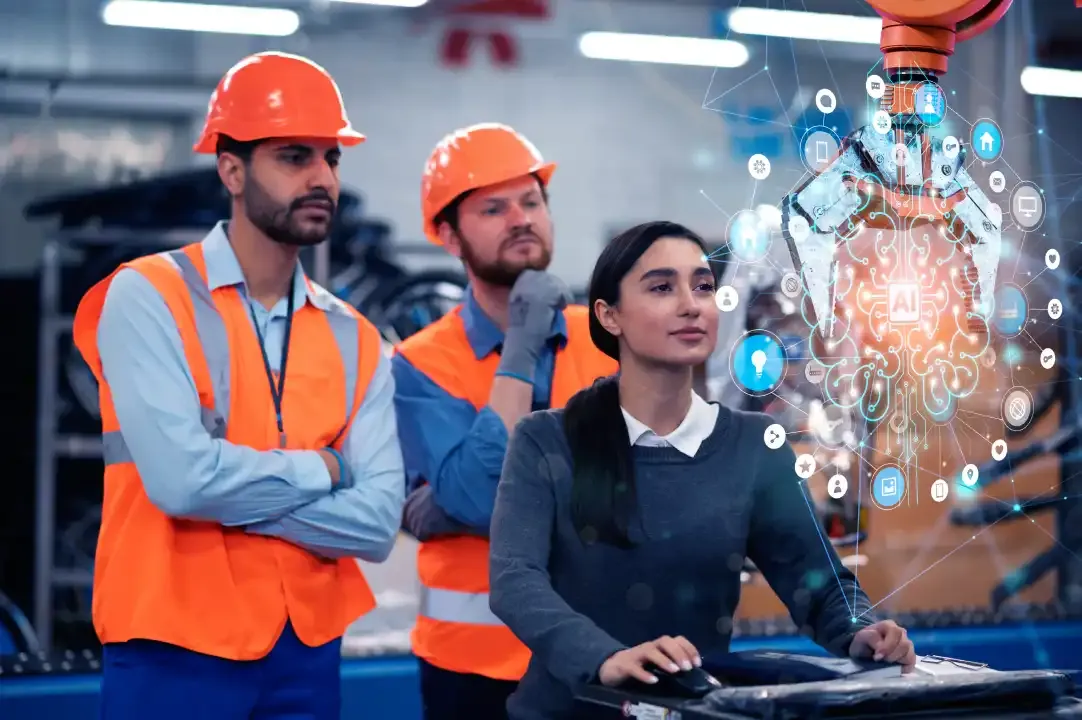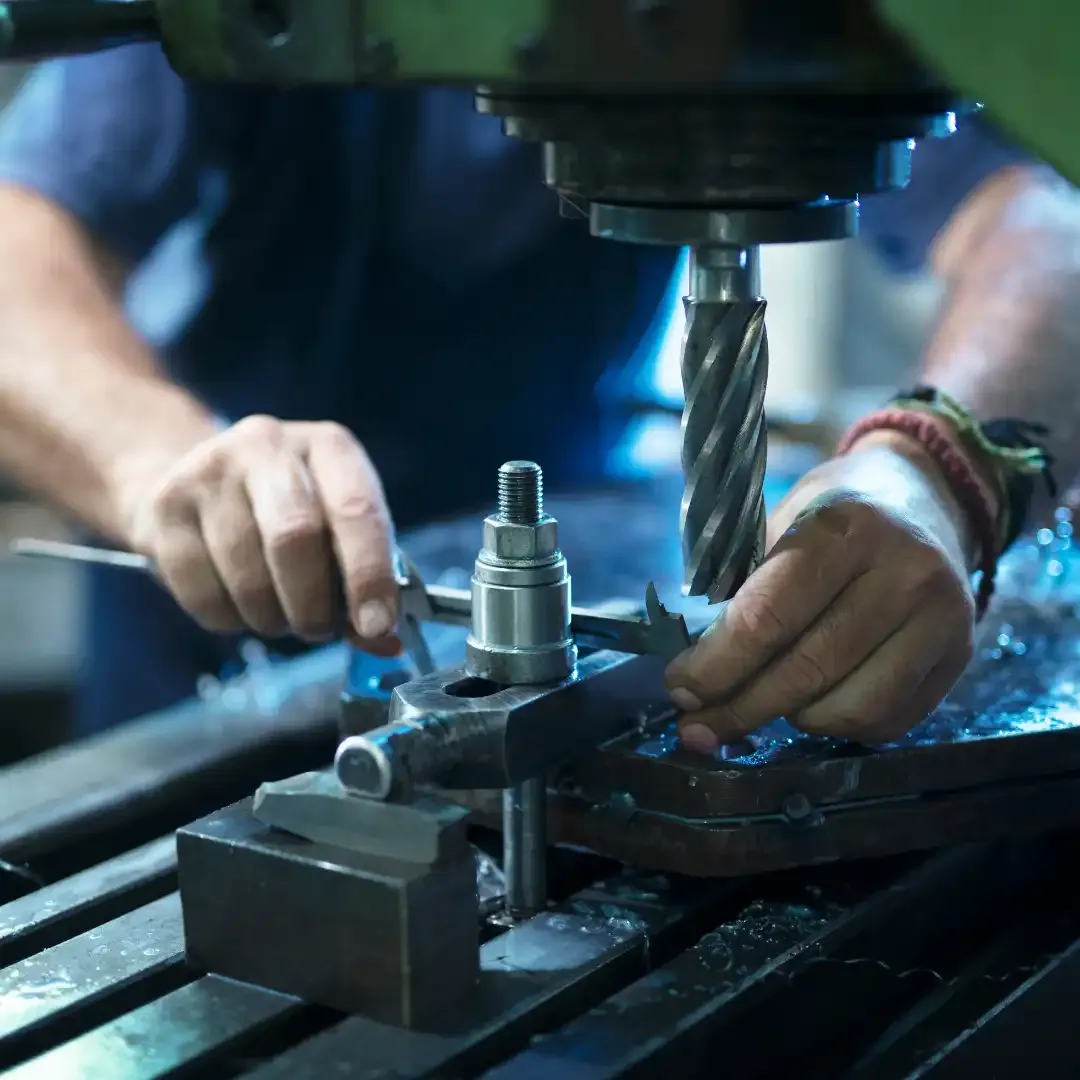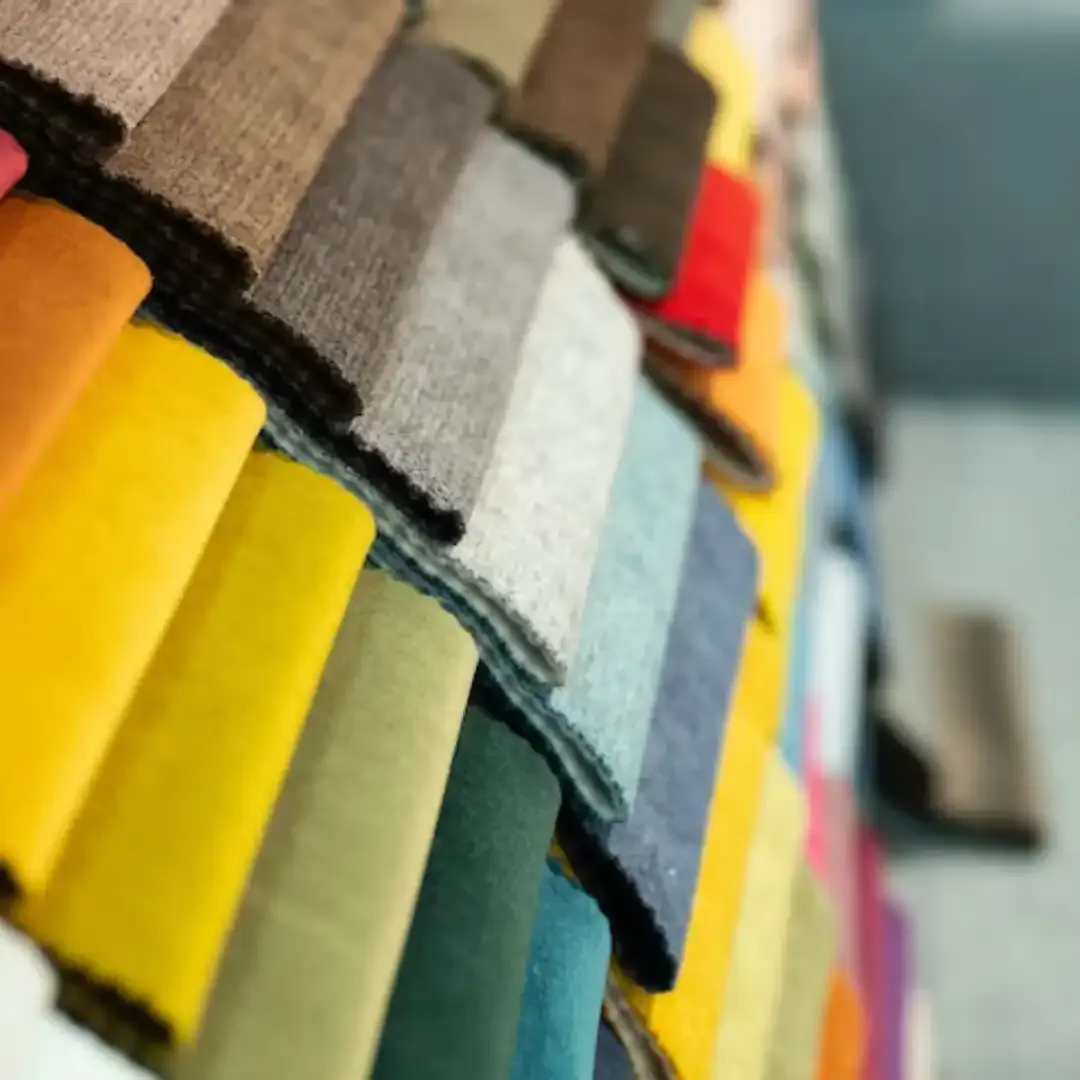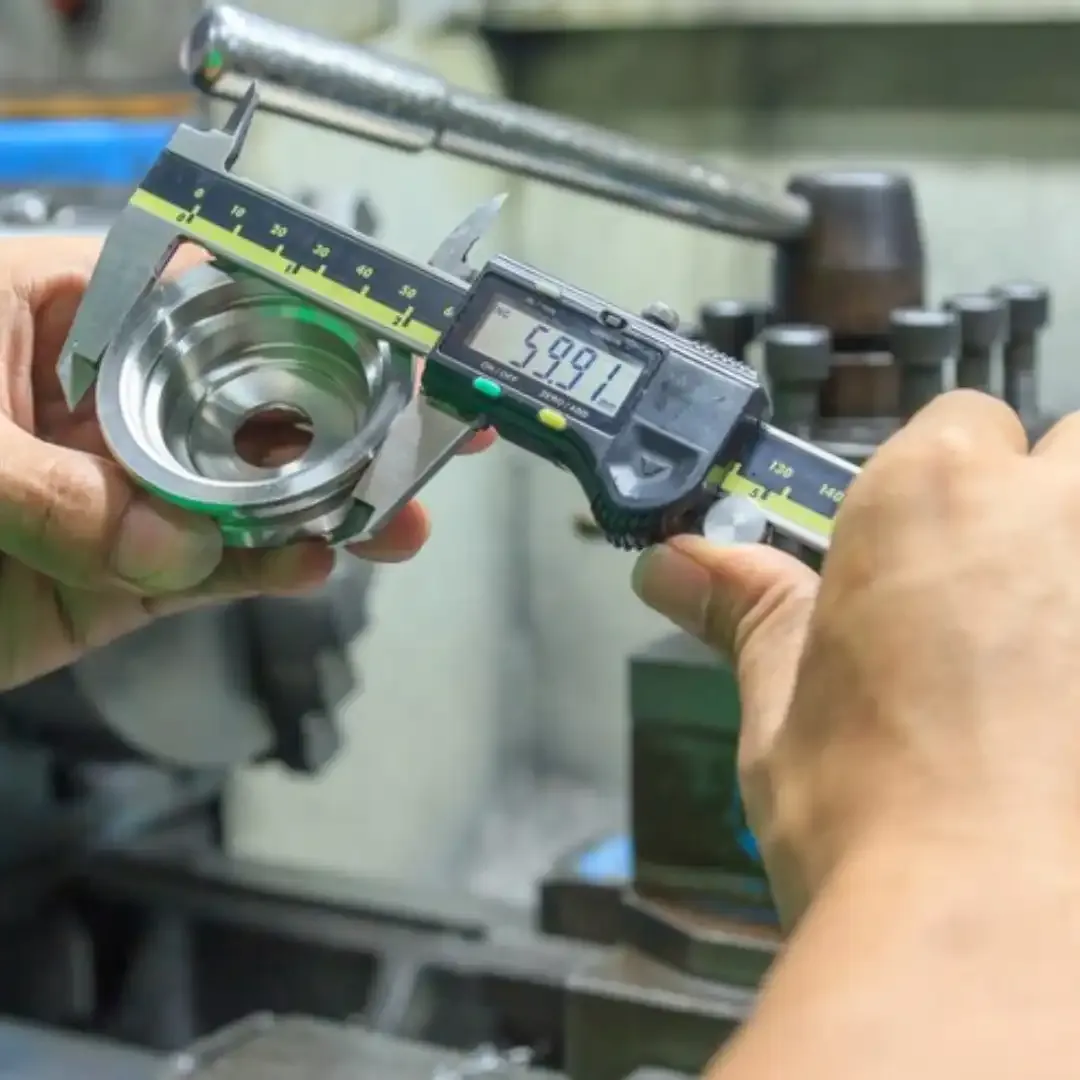Manual Inspection in Manufacturing is Inefficient, Unreliable & Expensive
AI VISUAL INSPECTION
Enhancing Manual Inspection with AI Visual Inspection
Ombrulla transforms manufacturing defect detection by implementing precise Artificial intelligence-based quality control, enhancing product quality while reducing production costs.
- Spot defects imperceptible to human inspectors.
- Inspect products faster than humans.
- Ensure consistent product inspection.
- Provide real-time feedback to inspectors.

USE CASES
How AI Visual Inspection Enhance Quality Control?

AI Defect Detection
Metal and Steel Manufacturing
AI Quality control system to Identify cracks, surface imperfections, colour inconsistencies and other defects in metal sheets and bars, while also inspecting welds for quality and consistency.

AI Quality Control
Textile & Plastic Manufacturing
Examining fabric for imperfections, colour discrepancies, and weave irregularities, and similarly, (inspecting) plastic parts for flaws such as cracks, bubbles, and missing features.

AI Visual Inspection
Automotive and Food Manufacturing
Conducting inspections on automobile-painted surfaces for scratches, blemishes, and inconsistencies, alongside identifying foreign objects and contaminants in food products.
WE ARE HERE TO ANSWER YOUR QUESTIONS 24/7
Need A Consultation?
Business Benefits
Enhanced Accuracy and Consistency
AI visual inspection systems are capable of identifying defects and anomalies with greater accuracy than humans. As a result, quality control processes become more consistent and dependable.
Increased Efficiency and Productivity
The use of AI to automate defect detection can considerably speed up the inspection process. This is especially useful in businesses where vast numbers of products must be inspected fast.
Improved Quality and Compliance
Implementing AI visual inspection enhances product quality by detecting defects with precision, reducing human error, and ensuring consistent, high-quality output boosting productivity.
Data-driven Decision Making
The data generated by AI visual inspection for defect detection can be used for analytics and informed decision-making. Insights gained can be used for quality improvements and process optimisations.
FAQ
How AI visual inspection replaces human inspection with the power of Artificial Intelligence?
Here's how it generally works:
- Image Acquisition: The system captures images or videos of the objects or products to be inspected using cameras or sensors.
- Preprocessing: The captured images may undergo preprocessing steps such as noise reduction, image enhancement, and normalization to improve their quality and suitability for analysis.
- Feature Extraction: Computer vision algorithms analyze the images to extract relevant features or characteristics of the objects, such as shape, color, texture, and size.
- Defect Detection: Using Artificial Intelligence techniques like deep learning, the system compares the extracted features against predefined standards or models to detect defects, anomalies, or deviations from the expected quality.
- Decision Making: Based on the analysis results, the system makes decisions on whether the inspected objects meet the required quality standards. It may classify items as acceptable or reject them if they exhibit defects or deviations.
- Feedback and Optimization: The system may provide feedback to improve its performance over time, such as by learning from past inspection results or user feedback.